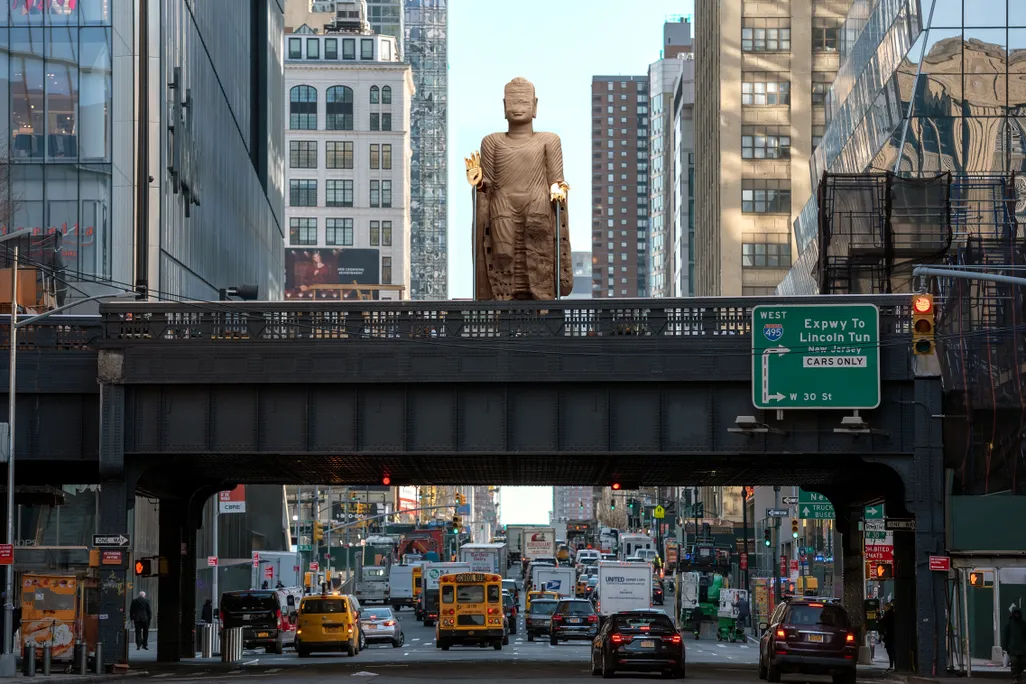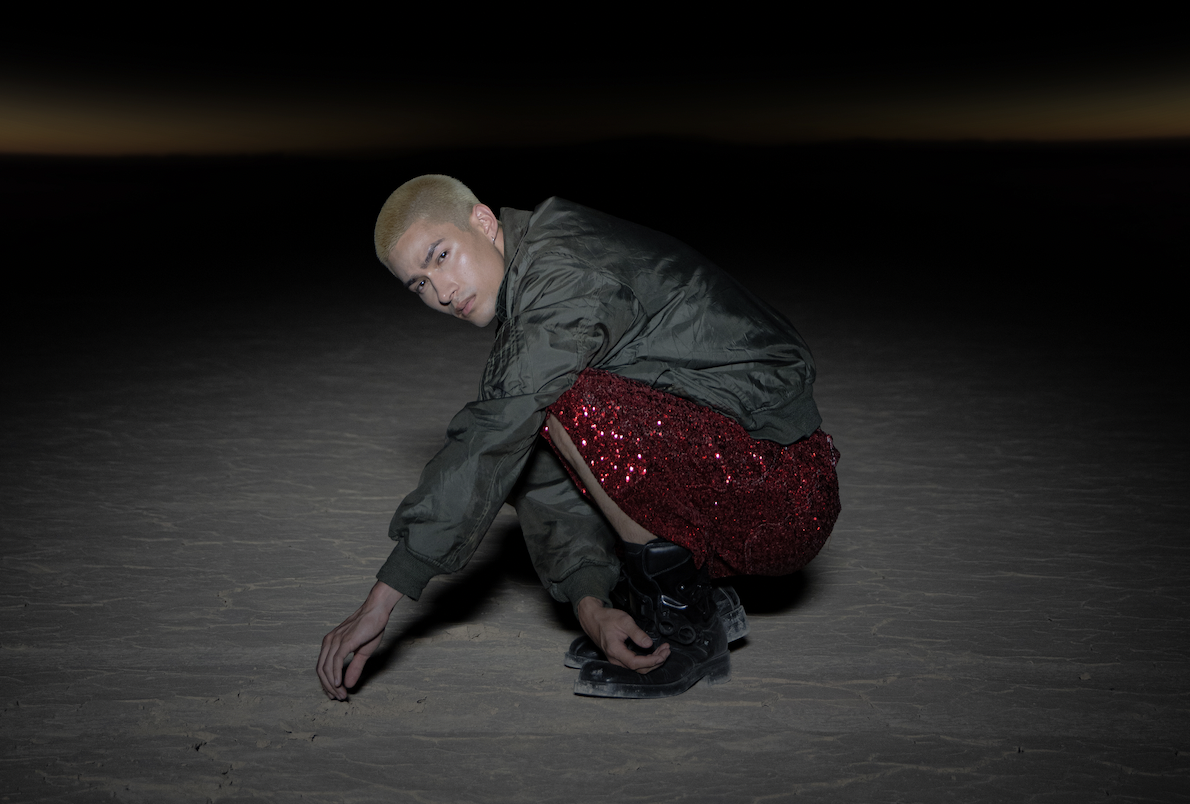Hutong Jiemei is a new RADII column in which sisters Krista and Sophia Pederson — Tulsa natives who’ve been living in China for a decade each — navigate healthy living trends in today’s Beijing. “Hutong” is the name of the city’s traditional alleys, where they share an apartment; “jiemei” is Chinese for sisters.
Sophia and I are not novices to Chinese massage. We’ve had a wide range of experiences: the dirt cheap foot massage where you worry that the warts on the masseuse’s hands may somehow be contagious and transfer to your feet; the ultra-luxury, five-star spa that almost seems too good to be true, which is partially true because you end up missing the rough “no pain no gain” massage techniques that a cheaper place can afford. And there is the mid-range, tried-and-true Chinese foot massage, which also includes a neck and shoulder rub.
Chinese foot massage, or reflexology, is a time-tested method of relaxation and preventative medicine in China and beyond. The popularity of reflexology even reaches far-flung corners of America. Every time I go back to Tulsa, a new reflexology foot massage place has appeared. No matter where I go for foot massage in China or the US, each time the person tells me the same thing about my health: that I have low-quality sleep, and my digestive system isn’t so great. At least reflexology gets points for reliability when diagnosing my health.

As we’ve mentioned before, today’s Chinese population is developing a taste for new approaches to healthy living, which of course includes a lot of TCM theories and practices. A new kind of TCM center has been popping up all throughout Beijing — not quite a hospital, and not quite a massage parlor, but something in between. Some focus on specific aspects of TCM, like moxibustion or cupping, and some are more holistic, covering every aspect of TCM from acupuncture to massage to prescribed medicinal treatments. This new brand of TCM spa-hospital is even becoming popular among overseas Chinese communities.
A few Saturdays ago, to avoid the rain, we ducked into one of these TCM centers and decided to check it out. Unclear as to what services would be on offer, we figured we could go for a foot massage or maybe even do some cupping if nothing else.
The service person who met us and took us upstairs was very enthusiastic. She cheerfully explained the process of diagnosis and therapy in a rather vague way, which made me suspect that she also had no idea what exactly their offerings entailed. She did, however, tell us that an intro “trial” price for a diagnosis and sandbag massage (it sounds worse in English than in Chinese) was half off. And she suggested we have a try. So we did.


She led us into a room and provided therapy clothes to change into. We wore light cotton Chinese tunics with a pair of long shorts. We couldn’t decide if the buttons should go in the front or the back. After switching the buttons to the back, the TCM practitioner, a lady from Hebei in her 50s, came in and told us the buttons go in front.
I (Krista) went first and laid down on my stomach. The practitioner took what felt like drumsticks and started beating all over my back. She told me she was using long thin bags stuffed with sand and Chinese medicinal herbs. She was unclear where they sourced the sand, and did not divulge which herbs were involved. She beat up and down on my back following my spine and then on my neck and lightly on my head. She beat down my legs to the bottoms of my feet. After twenty minutes of beating she finally stopped. Then it was Sophia’s turn.
The beating technique itself was actually quite comfortable at times, but did sting somewhat when the practitioner beat on my back near my spine. She said that this style of massage was developed specifically during the Empress Dowager Cixi’s reign in Beijing, around the turn of the 20th century. It was developed so that doctors could massage her without needing to touch her directly, which was deemed more appropriate.


Our masseuse told us that this style of massage is more effective from a TCM standpoint than regular massage because it hits (both figuratively and literally) all of the meridians and points of qi in one’s body. With regular massage, you can only focus on one point at a time. At the time this made sense to me — thinking back it seems slightly sketchy. Nevertheless, this style of massage is now considered to be part of Beijing’s protected cultural heritage.
In any case, I felt relaxed immediately after the massage, but the next day when I woke up, my spine on my upper back felt very sore, like it was bruised. Sophia confirmed the spot was red, but had no bruises. I would probably still go again, but ask them to go easier on the spine. Perhaps this says something about my upper spine qi?
From a TCM perspective, I was slightly disappointed that the practitioner did not provide any diagnosis or summary of my health. According to the dedicated salesgirl up front, the initial trial would include a diagnosis of health along with suggestions for treatment moving forward. Somehow this got lost in the shuffle. Perhaps they suspected we may not be their target long-term customer and felt it less necessary. But overall it was an interesting experience.
















